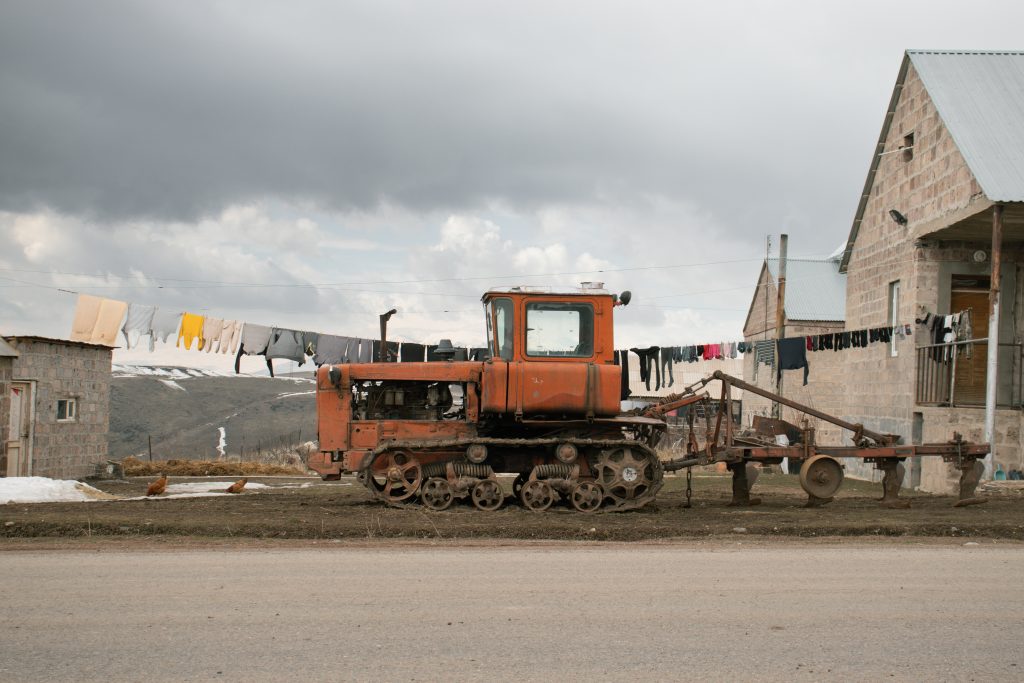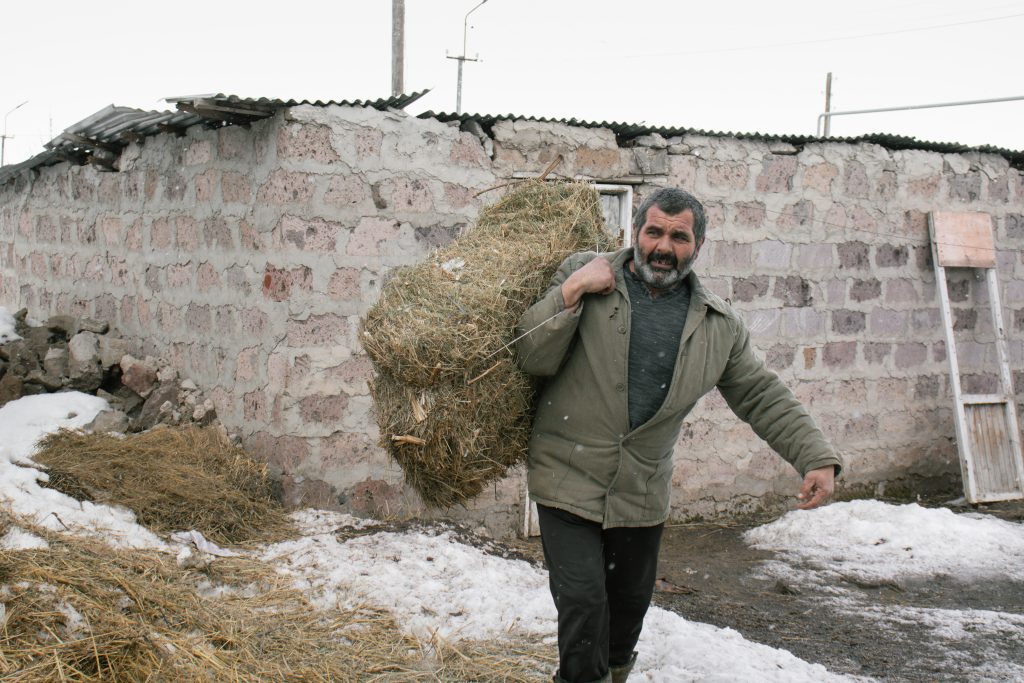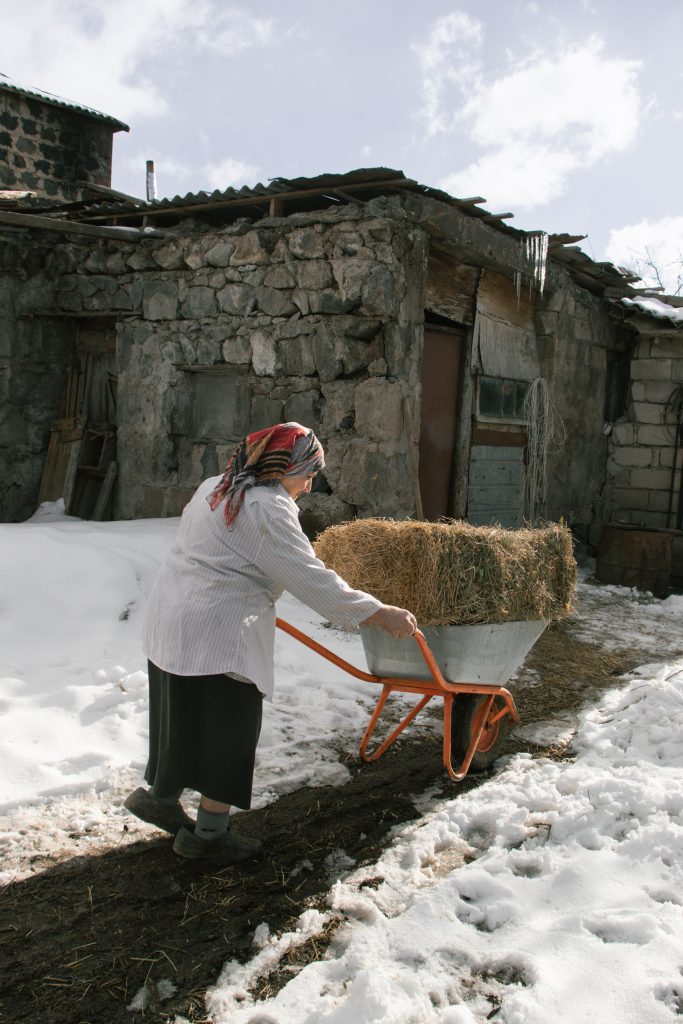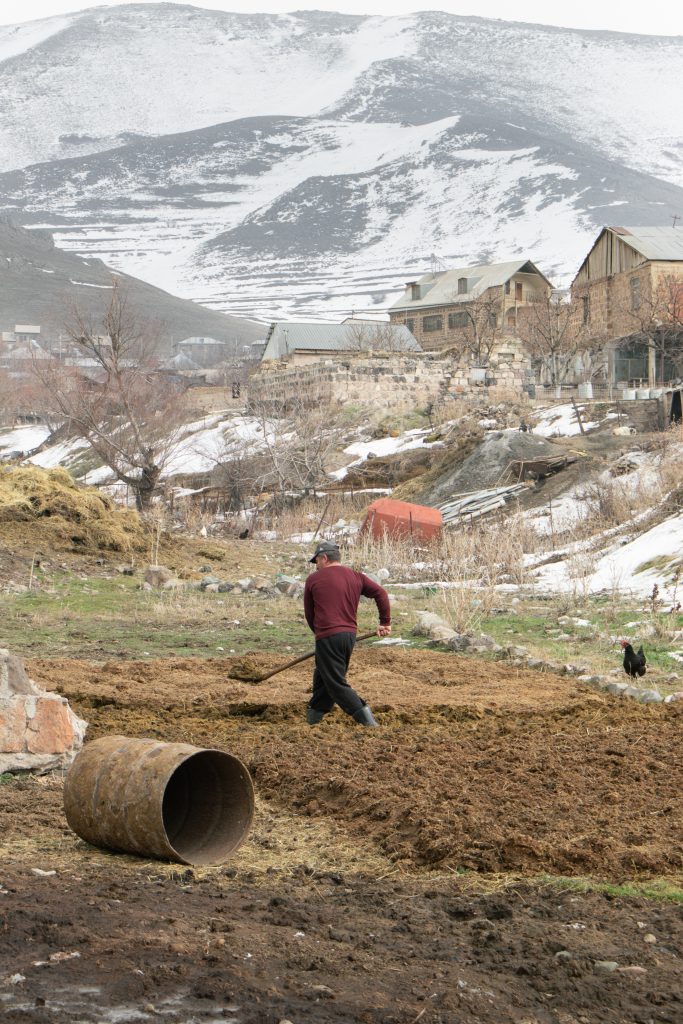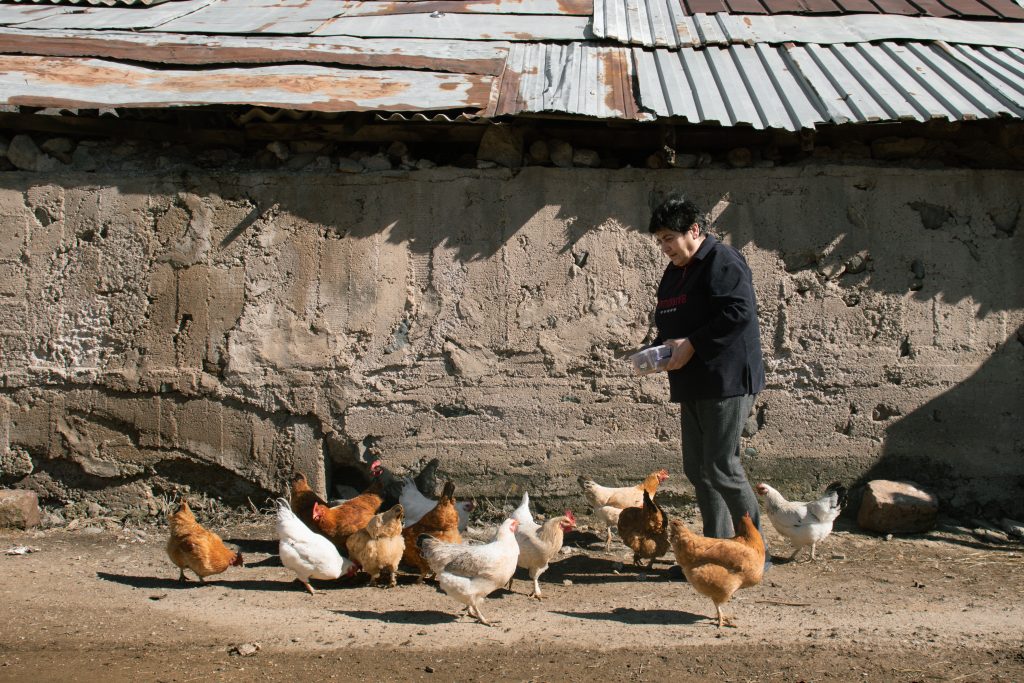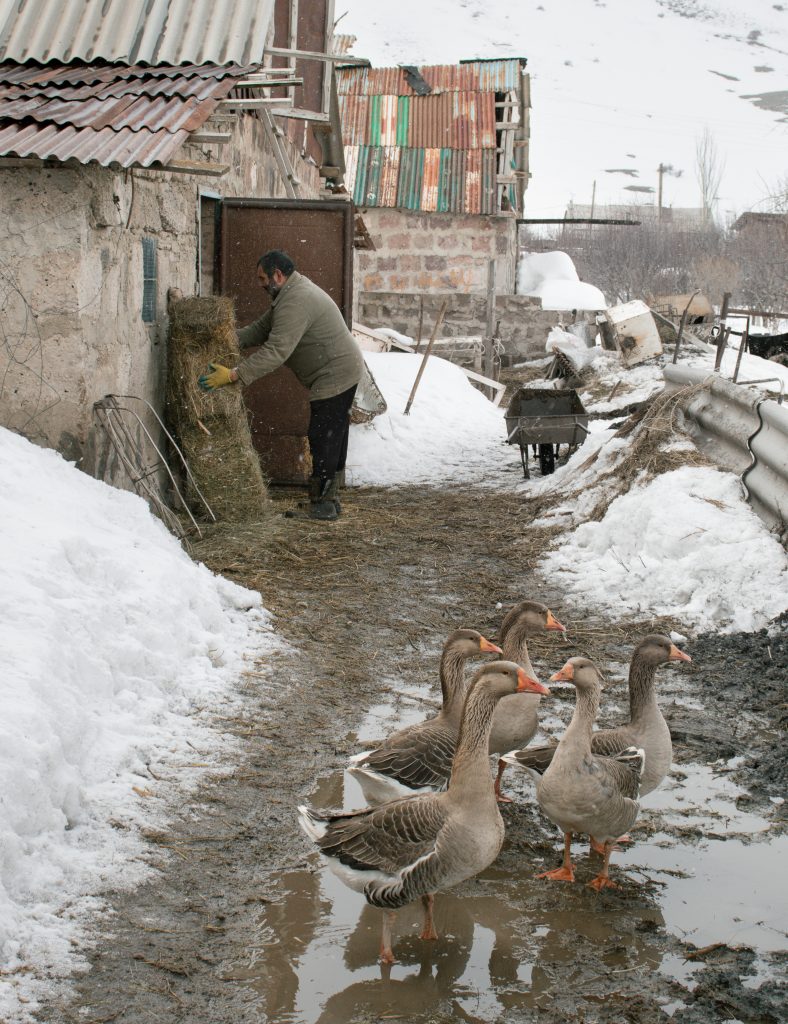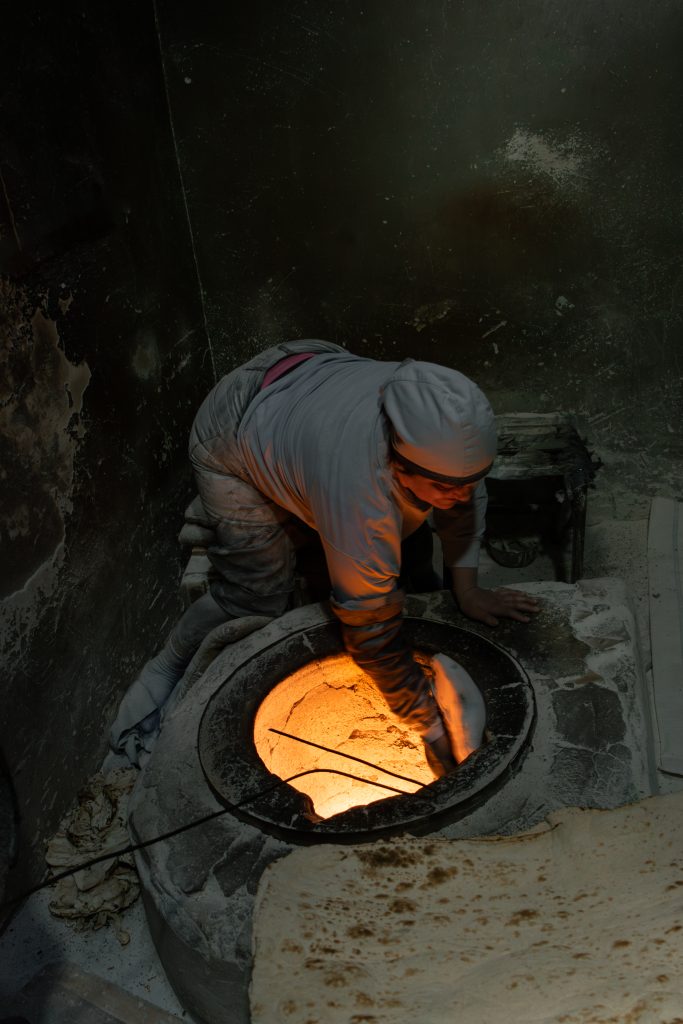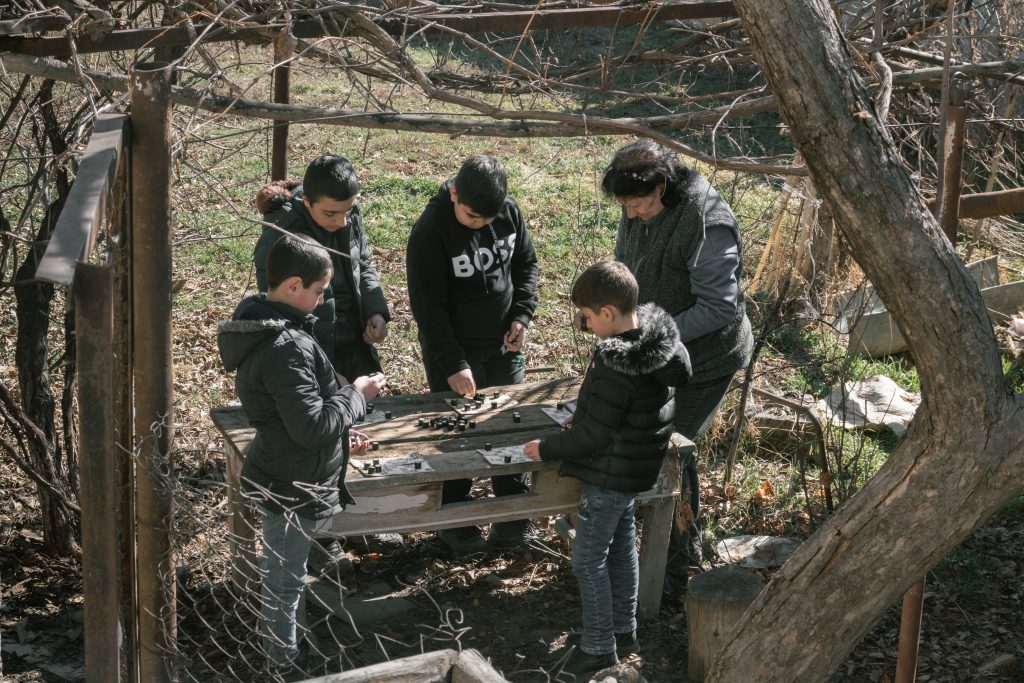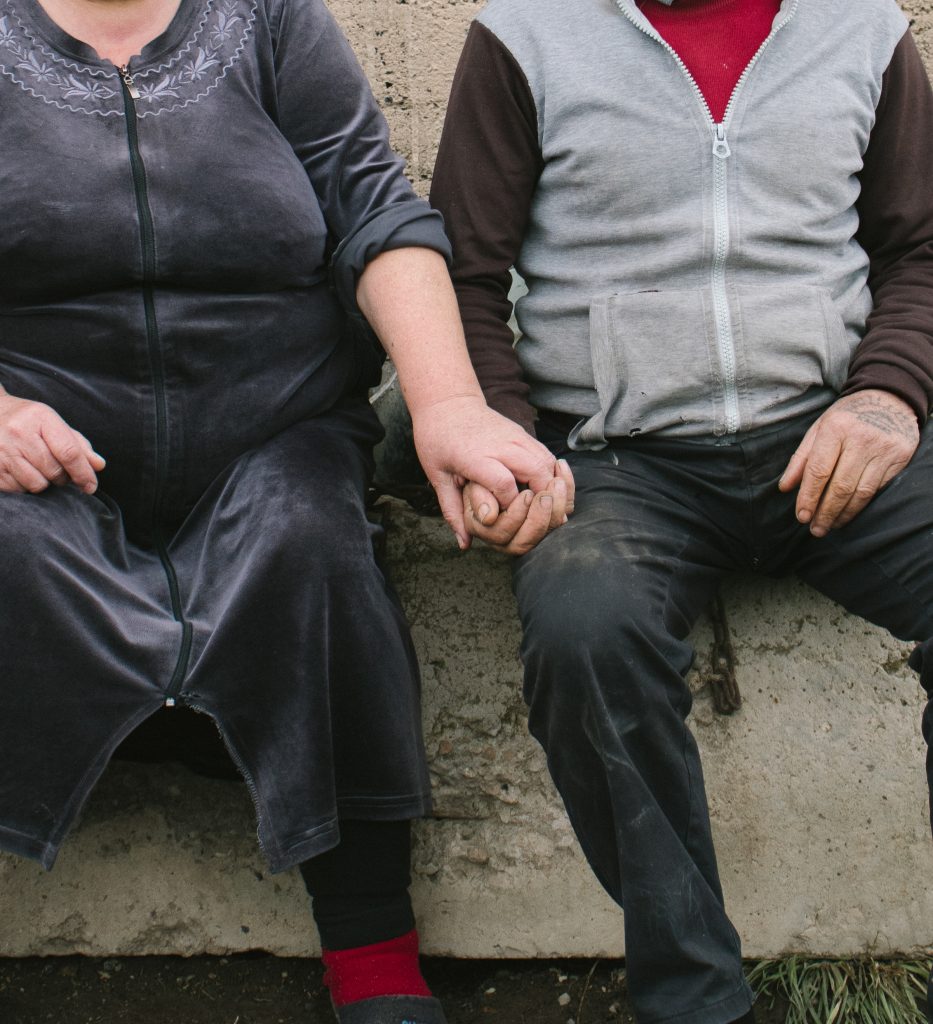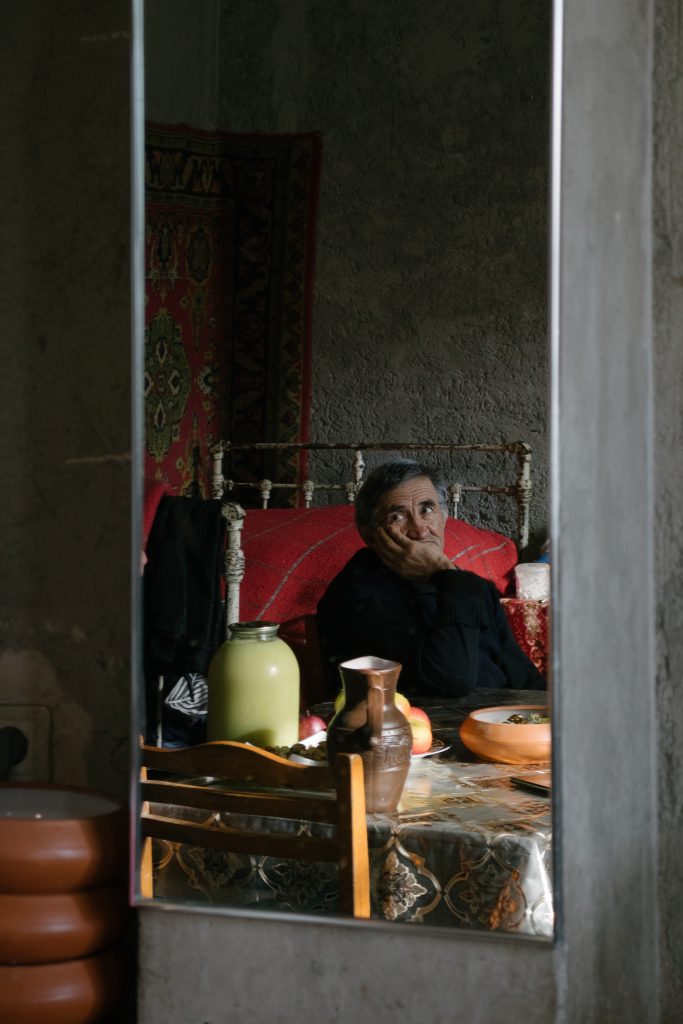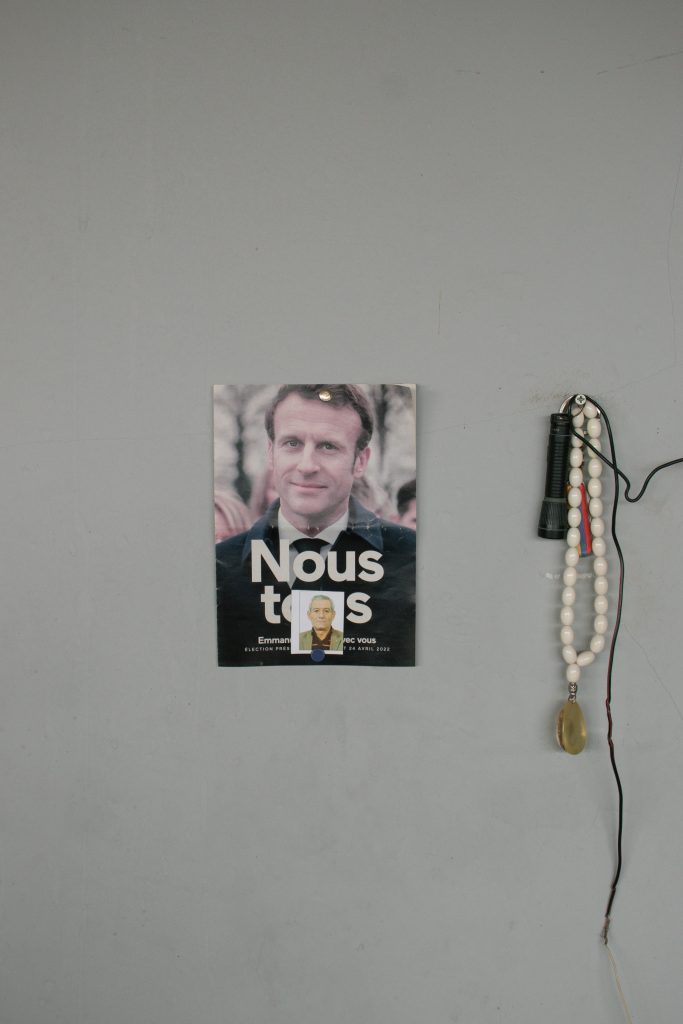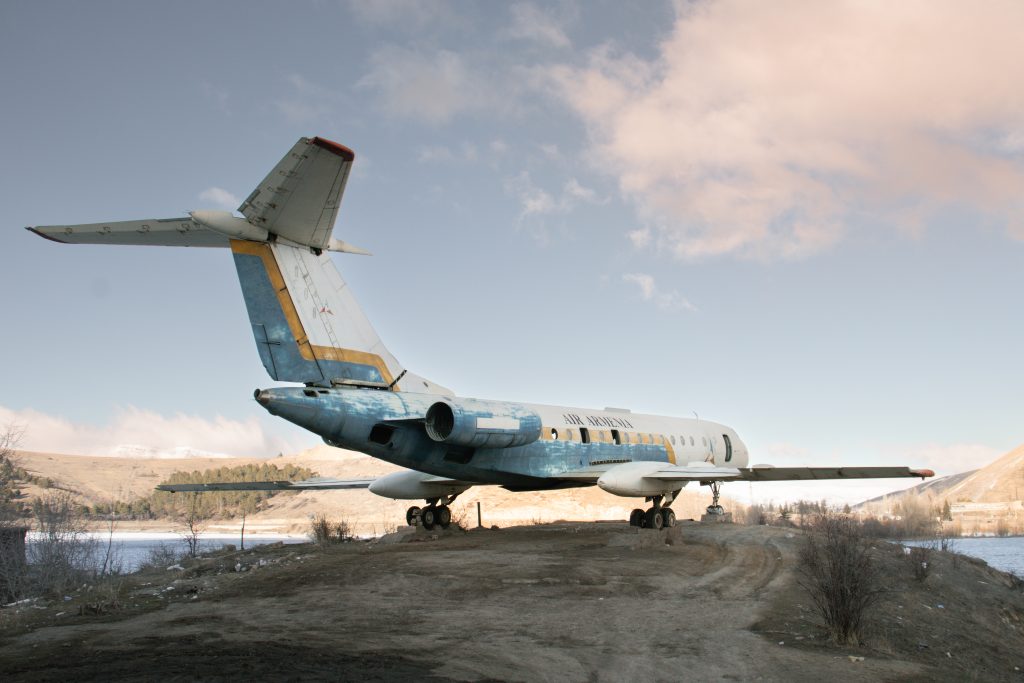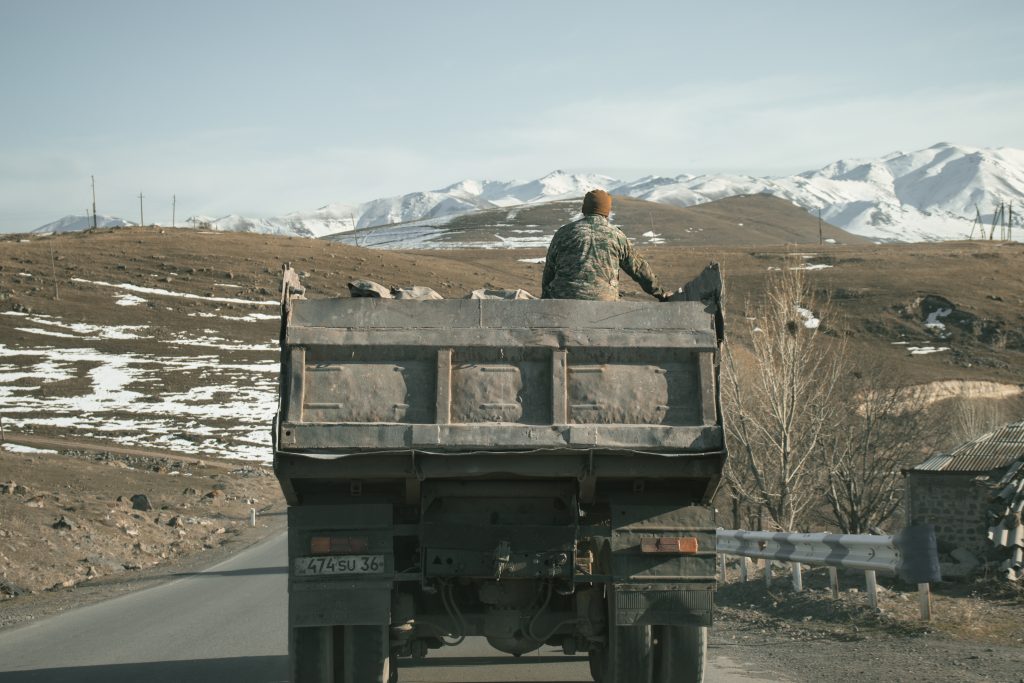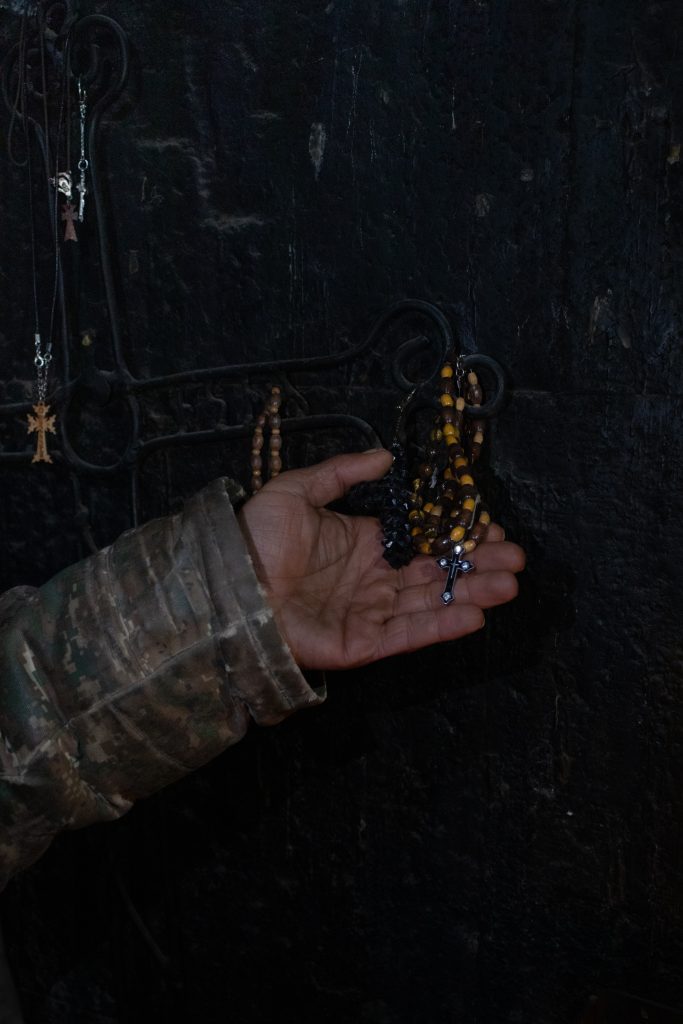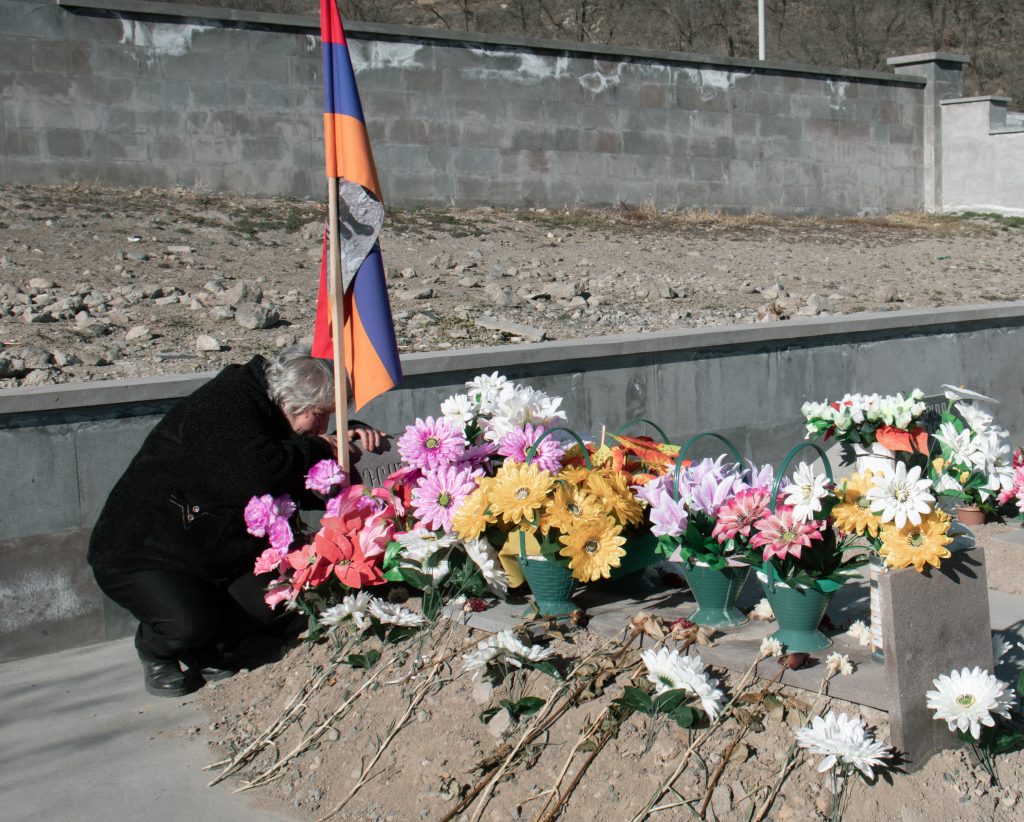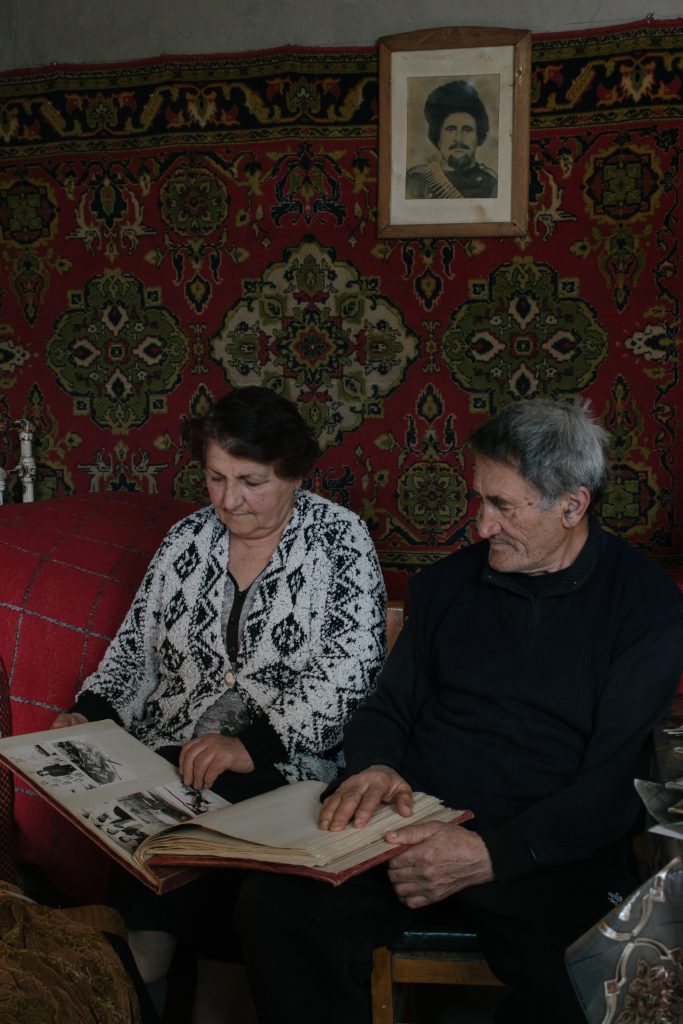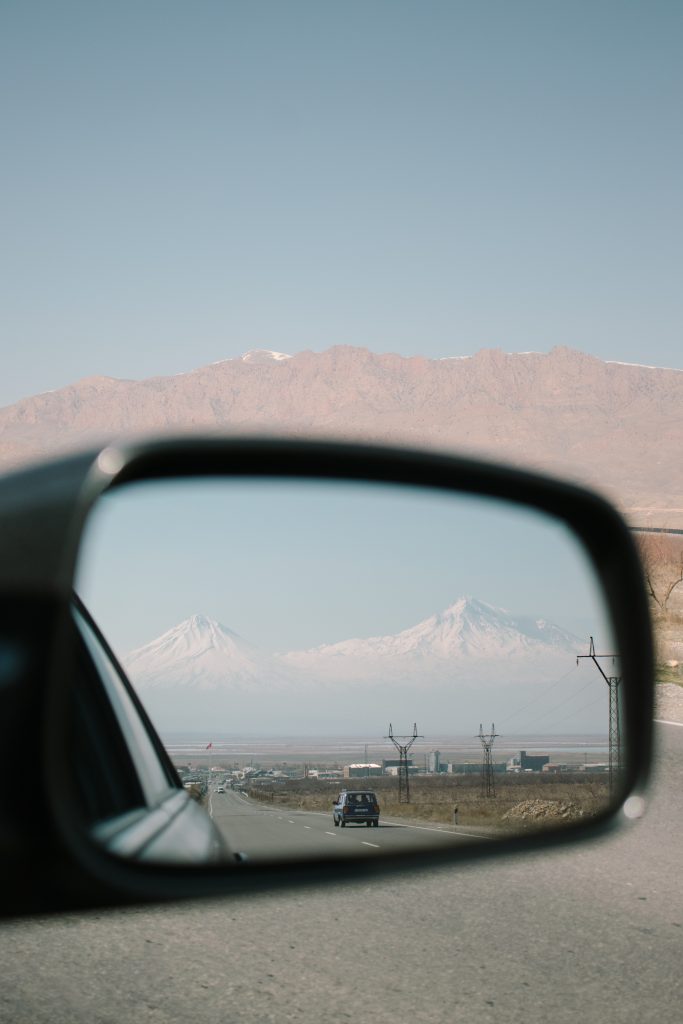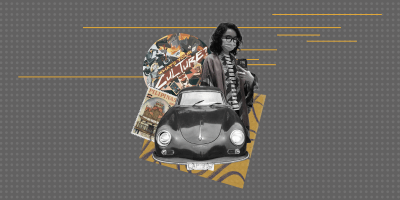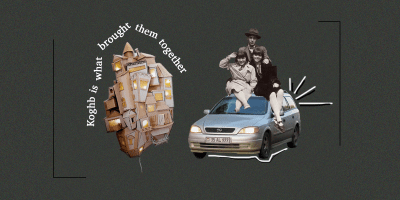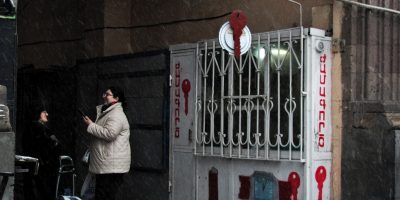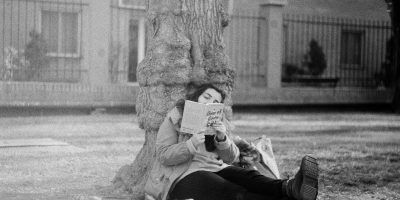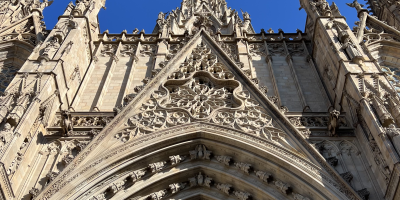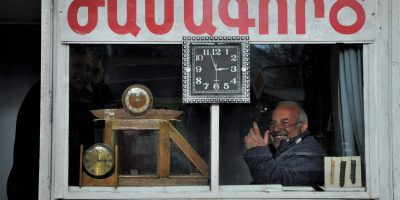It always seems to us that the further you go from the city, wander in the villages and talk to the elders, you will find the roots of our culture, the true patriotism, traditions and love for your land. You think the soul of the homeland is untouched and preserved in its purest form. But within the framework of this project, I’ve encountered something different. I traveled to Armenian villages and captured the everyday life of its people, surprisingly finding mostly loneliness and abandonment of the tradition. While taking pictures, I also wanted to know the backstories, who these people are, and what they expect from life. The common ground they shared was a lifelong hopelessness and difficulty of earning the daily bread.
In the village conditions, everyone worked hard equally, regardless of their gender, health, or other circumstances. Then I noticed that the gaze of the soul of those elder people was always directed abroad. The youth has slowly migrated to the bigger cities and the people who stayed had little confidence in their abilities and were always hoping for a better day and life down the road. Despite the daily hardships, some families also dealt with the aftermath of the war and the loss of their children. And from their stories, photographs, and memories I realized that the hope and longing was not only in the abroad, but in their history. More and more they realized that the better days were in the past and they slowly became e a part of it. After spending several days in different villages I consolidated everything I had seen during those days and combined them into a single series.
The photo series captures the cycles of village life: the processes of bread and homemaking, family traditions, and history that repeats itself. For this project, I have chosen villages across Armenia from Kaputan to Sisian, such as Kotayq, Hatis, Sevaberd, Bjni, Arzakan and Qaghsi villages.
